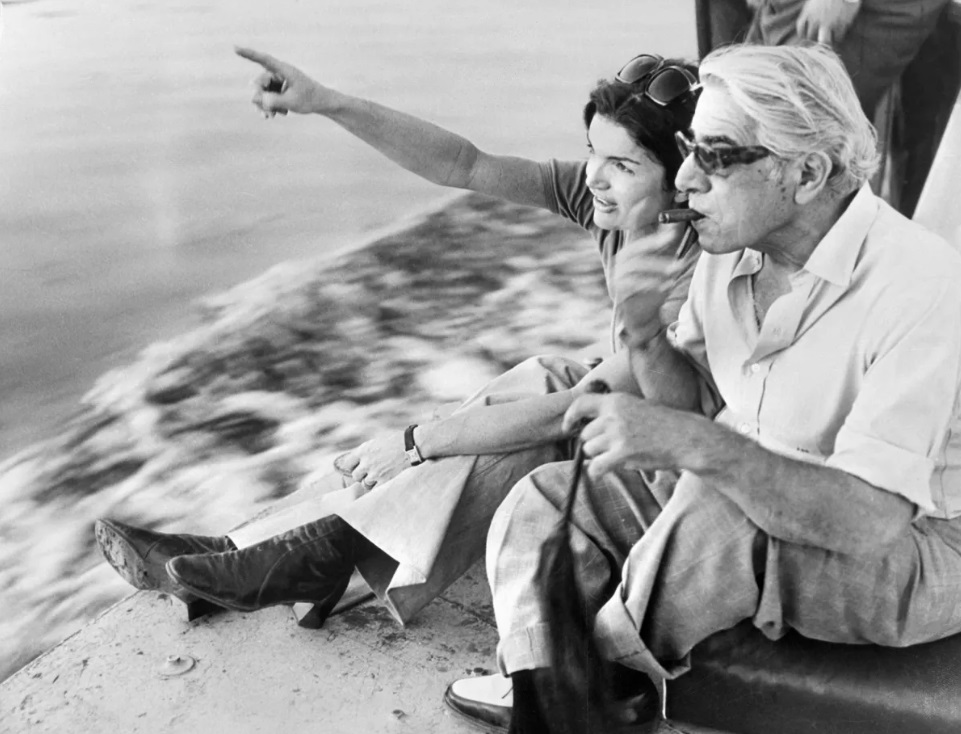The great Raj, or so they say, the Great Raj of Plunder and implementing trifling slavery is one of the most researched topics with regards to Indian history and its past economy. It was so daunting that a country which once called a Golden bird, has to be in continuous debt to run its economy now a days.
After going through the insight of Shashi Tharoor’s latest book entitled – Inglorious Empire: what the British did to India and a research paper by renowned economist Utsa Patnaik, which is published by Columbia University Press, we have got a fair idea about how Britishers plundered and looted India, and that it was to the extent of 45 trillion Dollar. Yes, you got it right – 45 trillion with a T.

After going through the Tharoor’s book and Patnaik’s research paper we come to know what was the theory of Britishers to plunder India and How much and what they Looted? Utsa Patnaik’s research is backed by the data ranging ranges from 1765 to 1938. These 45 trillion dollars are 16 or 17 times more than UK’s current GDP economy.
She explains how it was done so seamlessly through a trade system. Before the Imperialism or colonial period Britain used to purchase many commodities and other things from India. Britain used to pay us in the same way as it used to pay others – for example in silver. But after the development of East India Company in 1765 Britishers got monopoly on Indian Trade.
East India Company levied many kinds of taxes on Indian traders, companies, and individuals as well. Britishers started spending almost a third of these taxes in purchasing goods from the traders and by doing that they got all the goods from the same trader whom they were taxing. In a way East Indian Company got their goods for free to trade.
Because of these trades for which Britishers were not paying to buy the goods, their income started swelling multiple times. During the same period Britain was going through the Industrial revolution. They got all the raw material for free from India due to that cunning tax system and sold the ready products to other countries and India as well.
By 1847 British Raj was fully established in India and was transferred from East Indian Company to British Crown by 1858. Britishers introduced a new Tax-and-Buy system. Now Indian traders started exporting directly and East Indian Company business monopoly was slowed down because of that.
However, Britishers made sure that whatever profit or revenue got generated must reach to London. But How? Here comes the explanation of big money.
Now Britishers played big cunning technique here. Whosoever, wanted to trade with other countries or export their goods they were required to use a special counsel bill, which could only be obtained from British Crown. And to obtain those special counsel bills, Indian Traders were required to exchange it with Gold or Silver.
When those bills were given to Indian Traders after exchanging with gold or silver, it was to be encashed by British Government authority, which would make the payment to these traders in Rupee.
While Traders were under the impression that this money was given to them by a way of earning by exchanging gold and silver, whereas, in actual it was the same money which Britishers were collecting from Indians by levying different taxes. So, Britishers started amassing gold and silver which should have been with Indian Traders.
This corrupt system made Britain so rich over a period of time that Indian economy almost collapsed. There was no money left to Indians except the British administration.
After reducing India to such a miserable condition, the British would present a picture that India was actually a liability to them, whereas the fact was that India was the reason for making Britain so filthy rich with their cunning business techniques.
It is estimated that because of revenue from Indian tax money British empire could fight so many troubled wars also. And not only the revenue earning went to British wars and their own country development but also it went to the development of their other colonies like Canada and Australia. All this entire money was robbed from India.
Utsa Patnaik have revealed in her research that between 1765 to 1938, Britishers robbed Indian Money with different cunning techniques. And it does not include the debt that India got during the British Raj.
This is a very painful fact, and if this entire sum of money had been used solely for the benefit of Indians, as Japan did for their country, believe it or not, India would be one of the strongest nations in the world today.
Now there has always been contradiction to this theory as well. There is a historian named Niall Ferguson, who explained that it was only because of Britain that India could develop that much.
Niall Ferguson in his 2003 book Empire, which argues that British imperialism gave to the world its admirable and distinctive features (language, banking, representative assemblies, the idea of liberty) and that India, “the world’s largest democracy, owes more than it is fashionable to acknowledge to British rule”. But it still does not explain that why India could not make its income increased during its 200 years of British rule. Why it only kept of falling from bad to worse.
So we see that, the way Patnaik has elaborated the facts it was India who actually made Britain developed and not the other way round. There was a speech that Tharoor gave in Oxford, which went viral as well, which explained that how Britishers exploited Indians and that they should apologise for the same.
Tharoor in his book has revealed some facts, that almost 60 per cent of Britons were proud of the British Empire and almost 50 per cent thought it had made the colonies better off – a manifestation of what the scholar Paul Gilroy has termed postcolonial melancholia – according to a YouGov poll in 2014.
Tharoor further explains that Britain’s exploitative, racist imperial project in India was awesome in its savagery and vindictiveness, what Tharoor calls a “long and shameless record of rapacity”.
Tharoor sets out energetically, bluntly, and hurriedly the litany of exploitation and theft, and the support given to the East India Company. The company had a private army of 260,000 at the start of the 19th century, and the champions of the British industrial revolution plundered India’s thriving manufacturing industries.
Under British rule India’s share of world manufacturing exports fell from 27 per cent to 2 per cent as East India employees made colossal fortunes. The marquess of Salisbury, secretary of state for India in the 1870′s, remarked that “India is to be bled”, and by the end of the 19th century it was Britain’s biggest source of revenue.
“To stop is dangerous; to recede ruin” was the logic, as enunciated early by Robert Clive, commander in chief of British India in the mid-18th century. The Indian shipping industry was destroyed and Indian currency manipulated while tariffs and regulations were skewed to favour British industry.
Tharoor’s book is also a reminder of the need “to start teaching colonial history in British schools,” as “the British public is woefully ignorant of the realities of the British empire.” The book is helpful as a deconstruction of Niall Ferguson’s argument, because the evidence Tharoor piles high – mostly by synthesising the work of others – is overwhelming.
So, if we do the careful assessment of Patnaik’s and Tharoor’s Books, it gives us such a great insight that more than the loot of 45 trillion dollars, it was a complete diktat of savagery and gradual demolition of a country and elite society, once called the Golden Bird.
Pics: google images




